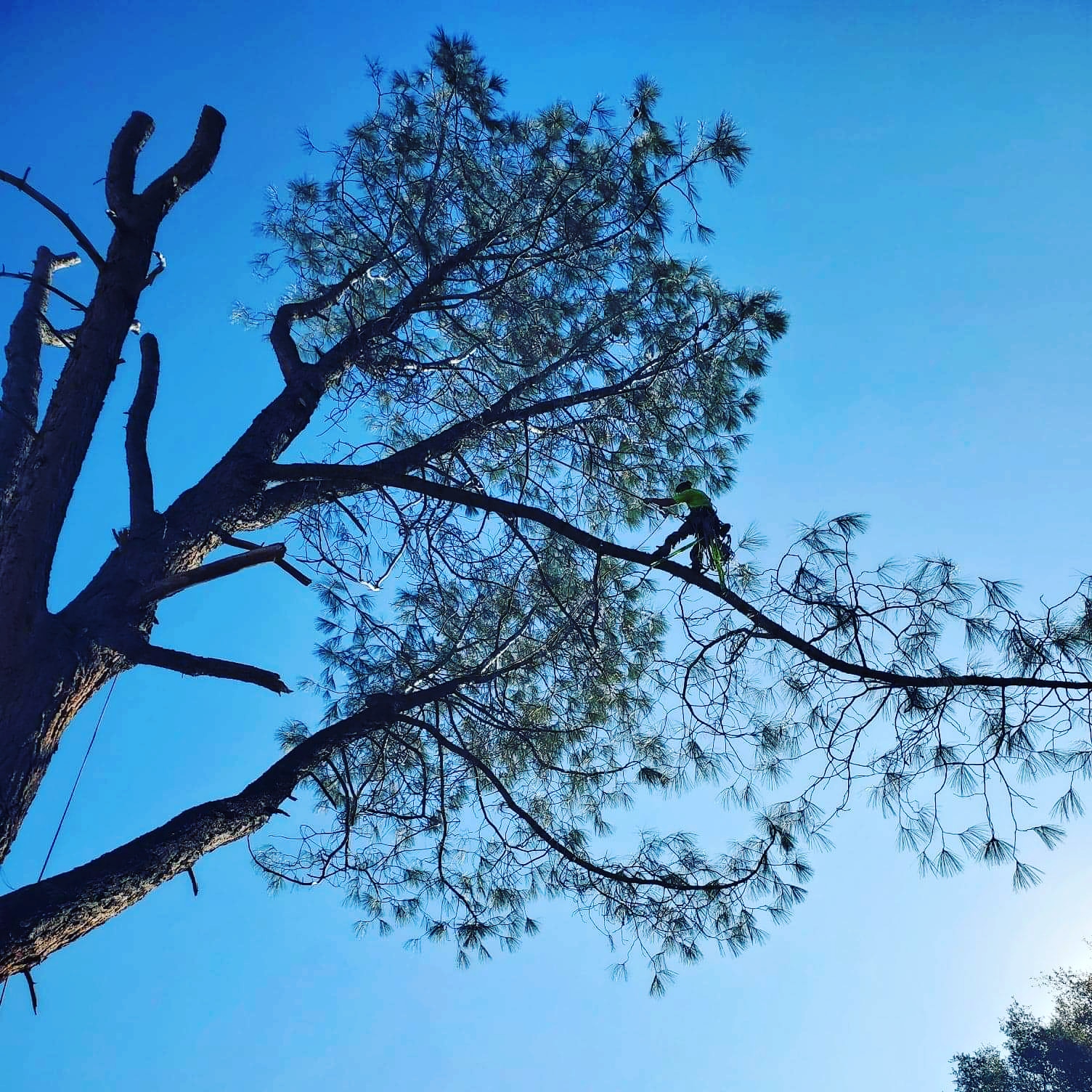
Expert Tips for Identifying and Managing Tree Diseases Oct 19, 2025
Understanding Tree Disease Symptoms
One of the first steps in managing tree diseases is knowing what to look for. Common symptoms of tree diseases include discolored leaves, premature leaf drop, and unusual growths on branches or trunks. If you notice these signs, it's crucial to act swiftly to prevent the disease from spreading. For example, if leaves display yellowing or browning prematurely, this might indicate a fungal infection or root rot. Wilting branches and foliage can also signal a problem below the surface, such as poor root health or pest infestations.
Identifying Common Tree Diseases
Recognizing the specific type of disease affecting your tree can be challenging, but understanding common tree ailments is a good starting point. Fungal infections such as powdery mildew, which appears as white, powdery spots on leaves, are commonplace. Other diseases like anthracnose cause dark, sunken lesions on leaves and stems. Bacterial infections like fire blight can cause branches to appear scorched or burnt, especially prevalent in fruit trees.
Professional Diagnosis and Management
Given the complexity of tree health, sometimes it's best to call in the experts. George Staddan's Professional Tree Care offers comprehensive diagnostics to accurately identify the disease affecting your tree. Our specialists can perform thorough examinations and, if needed, laboratory tests to pinpoint the cause and suggest effective treatments.
Effective Tree Disease Management
Managing tree diseases often requires a multi-faceted approach. Pruning is a crucial technique used to remove infected branches and prevent the spread of disease. Ensure that all pruning tools are sterilized between cuts to avoid inadvertently spreading pathogens. Furthermore, improving the tree's overall health through proper fertilization and watering practices can bolster its natural defenses. In some cases, chemical treatments or fungicides may be necessary, especially for severe infections.
Preventive Care is Key
Prevention is always better than cure when it comes to tree health. Regular inspections can help you catch early signs of trouble. Keep your trees adequately watered and mulch around the base to retain soil moisture and provide nutrients. Avoid wounding the trees’ bark as injuries can be entry points for pathogens. Additionally, maintaining proper spacing between trees can improve air circulation and reduce the risk of fungal infections.
Incorporating Integrated Pest Management
At George Staddan's Professional Tree Care, we advocate for sustainable solutions such as integrated pest management (IPM). This approach focuses on long-term prevention through a combination of biological, cultural, mechanical, and chemical tools, thereby reducing the need for aggressive chemical controls.
In conclusion, identifying and managing tree diseases requires vigilance and proper care. By understanding the symptoms, taking preventive measures, and seeking professional help when necessary, you can ensure the longevity and beauty of your trees. Trust the experts at George Staddan's Professional Tree Care to support you in maintaining a healthy and safe landscape.
/filters:no_upscale()/filters:format(webp)/media/19c9f138-f734-418b-871d-6def4c1bac81.jpeg)
/filters:no_upscale()/filters:format(webp)/media/e730220e-d120-41a2-be36-1d3eea15a737.jpeg)